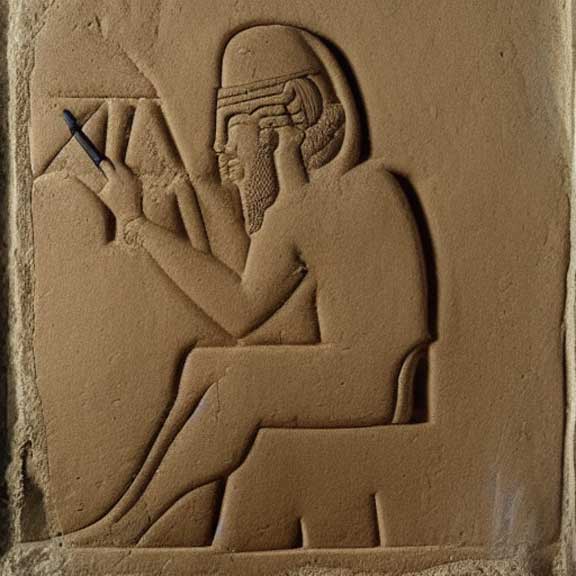Ancient Plumbing: The Roots of Modern Water Systems

Before modern taps, boilers, and copper pipes, early societies were already finding clever ways to move and manage water. From clay drains in Mesopotamia to the marble fountains of Greece, ancient plumbing laid the groundwork for how we live today. It’s easy to forget that the simple act of turning on a tap connects us to thousands of years of trial, error, and innovation.
Where It All Began
The story of plumbing starts in Mesopotamia, where people channelled river water through brick-lined drains as early as the Bronze Age. These weren’t crude ditches but carefully built systems to carry waste away from homes and temples. The Indus Valley took things further, with terracotta pipes and communal baths that suggest a culture deeply concerned with hygiene. You could say they understood public health long before the term existed.
Egypt and Greece: Water for Comfort and Ceremony
Egyptians built intricate irrigation systems to manage the Nile’s flooding, but they also piped water into palaces and temples. Plumbing wasn’t just practical; it was spiritual. Water symbolised renewal and purity. In ancient Greece, meanwhile, bathhouses and fountains became a sign of civic pride. The Greeks built stone aqueducts and ceramic drains that showed an early grasp of pressure and flow — not bad for a people who had never seen a boiler or wrench.
Rome: The High Point of Ancient Engineering
Then came the Romans, who turned plumbing into an art form. Their aqueducts carried water for miles, feeding baths, fountains, and private homes. Underground sewers kept cities cleaner than many would be for centuries. It was a glimpse of modern life — running water, heated baths, even flushing toilets. Yet their reliance on lead pipes brought unseen consequences, a reminder that convenience often comes with risk.
Lessons from the East
Far from Europe, other civilisations were also mastering water. The Minoans on Crete had flushing toilets and rainwater drainage that still impress engineers. In China, bronze pipes and bamboo conduits formed early plumbing networks. These cultures proved that innovation wasn’t confined to one empire; it was a shared human impulse — the desire to control water, the most essential resource of all.
The Lasting Influence on Modern Plumbing
Many ideas we now take for granted — pressure systems, drainage layouts, even the notion of clean and dirty water — trace their roots to these early efforts. Engineers today still rely on gravity-fed systems, just refined with new materials and technology. We’ve replaced lead with copper and plastic, but the principles remain the same. Ancient builders taught us how to think about water: as something to be guided, contained, and respected.
Looking Back to Move Forward
Modern plumbing owes its existence to thousands of small breakthroughs made by long-gone hands. When you hear the rush of water in a modern flat or turn a thermostatic tap, you’re hearing echoes of ancient stone drains and baked-clay pipes. The genius of those early civilisations wasn’t just in what they built, but in what they inspired — a continuing effort to make life cleaner, safer, and a little more civilised.